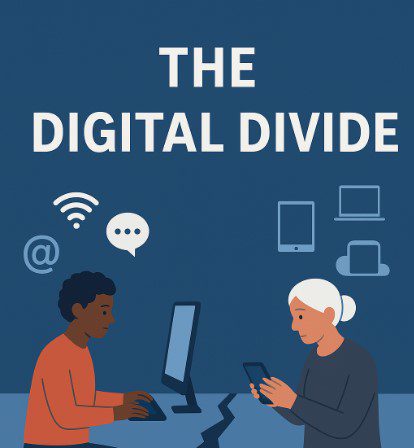The concept of community goes beyond mere geographic boundaries. Communities can be defined based on shared interests, identities, or purposes. Here are some primary characteristics of a community:
- Shared Identity and Values: A community is united by a shared sense of identity or values. These could be cultural, religious, economic, or social values that bring people together.
- Mutual Support: Members of a community often share a commitment to support each other. This mutual support fosters a sense of belonging and reinforces the connections among individuals.
- Social Networks: Communities are built on networks of relationships that create a web of social connections. These networks are crucial for mobilizing resources, sharing information, and providing emotional support.
- Geographic or Virtual Boundaries: Some communities are geographically bound, such as neighborhoods, while others, like online communities, exist in virtual spaces. Both types of communities serve the function of connecting individuals with common interests or challenges.
- Collective Goals: Communities often have collective goals, whether improving local services, advocating for social change, or promoting cultural heritage.
These goals drive engagement and collaborative efforts.
Understanding the characteristics of communities allows us to better understand how to engage them effectively, fostering strong connections and achieving shared objectives.

